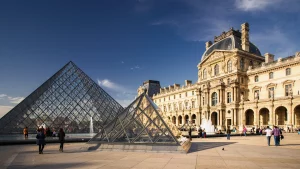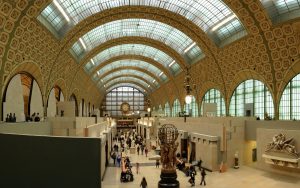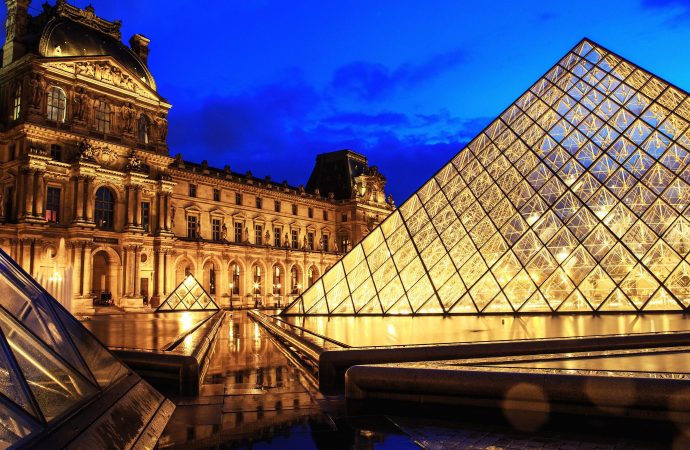Paris, often called the “City of Light,” is renowned for its vibrant cultural scene, stunning architecture, and rich history. A trip to Paris wouldn’t be complete without delving into its world-class museums, which house some of the most important art and historical artifacts in the world. This article provides an extensive guide to the top
Paris, often called the “City of Light,” is renowned for its vibrant cultural scene, stunning architecture, and rich history. A trip to Paris wouldn’t be complete without delving into its world-class museums, which house some of the most important art and historical artifacts in the world. This article provides an extensive guide to the top museum tours in Paris, ensuring you don’t miss out on any cultural gems during your visit.
Geographical Information
Paris, the capital city of France, is situated in the north-central part of the country. It lies along the River Seine and is known for its picturesque landscapes and historical landmarks.
Climate of Paris
Paris experiences a temperate oceanic climate, characterized by mild winters and warm summers. The city enjoys pleasant weather from April to October, making it the ideal time for museum visits.

Image by yandex.com
Best Times to Visit Paris
Spring (April to June) and fall (September to October) are considered the best times to visit Paris. During these periods, the weather is comfortable, and the city is not as crowded as in the peak summer months.
Cultural Insights
Paris is a city with a deep cultural heritage, influencing art, literature, fashion, and cuisine globally. Its museums play a crucial role in preserving and showcasing this rich history.
History in Parisian Culture
Art and history are ingrained in the fabric of Parisian life. The city has been a hub for artists and intellectuals for centuries, contributing to its reputation as a cultural epicenter.
Museums in Preserving Culture
Museums in Paris are not just tourist attractions; they are custodians of culture and history. They offer insights into various periods, from ancient civilizations to contemporary art, making them essential for understanding the city’s heritage.
The 20th century continued Paris’s legacy as a center for modern and contemporary art. The advent of movements such as Cubism, Surrealism, and Abstract Expressionism saw artists like Pablo Picasso, Marcel Duchamp, and Henri Matisse contributing significantly to the city’s artistic landscape. Today, Paris remains at the forefront of contemporary art, with numerous galleries and institutions showcasing cutting-edge works.

Image by yandex.com
History and Significance
The Louvre Museum, originally a royal palace, is the world’s largest and most visited art museum. Established in 1793 during the French Revolution, it houses an unparalleled collection of art spanning from ancient civilizations to the 19th century.
To fully appreciate the Louvre, it’s advisable to plan your visit in advance. Purchase tickets online to avoid long queues and consider joining a guided tour for an insightful experience. The museum is vast, so prioritize the exhibits you want to see and allocate sufficient time for exploration.
Hidden Gems in the Louvre
While the Louvre’s famous masterpieces draw the most attention, there are numerous lesser known yet equally captivating works. The Napoleon III Apartments offer a stunning look at opulent 19th-century decor, and the Islamic Art collection provides a rich tapestry of cultural artifacts.
Conclusion:
Nestled in the picturesque Tuileries Garden, the Musée de orangeries are celebrated for its unparalleled display of Monet’s “Water Lilies.” This intimate museum also boasts a remarkable collection of works by renowned Impressionist and Modern artists, making it a must-visit for art enthusiasts
















